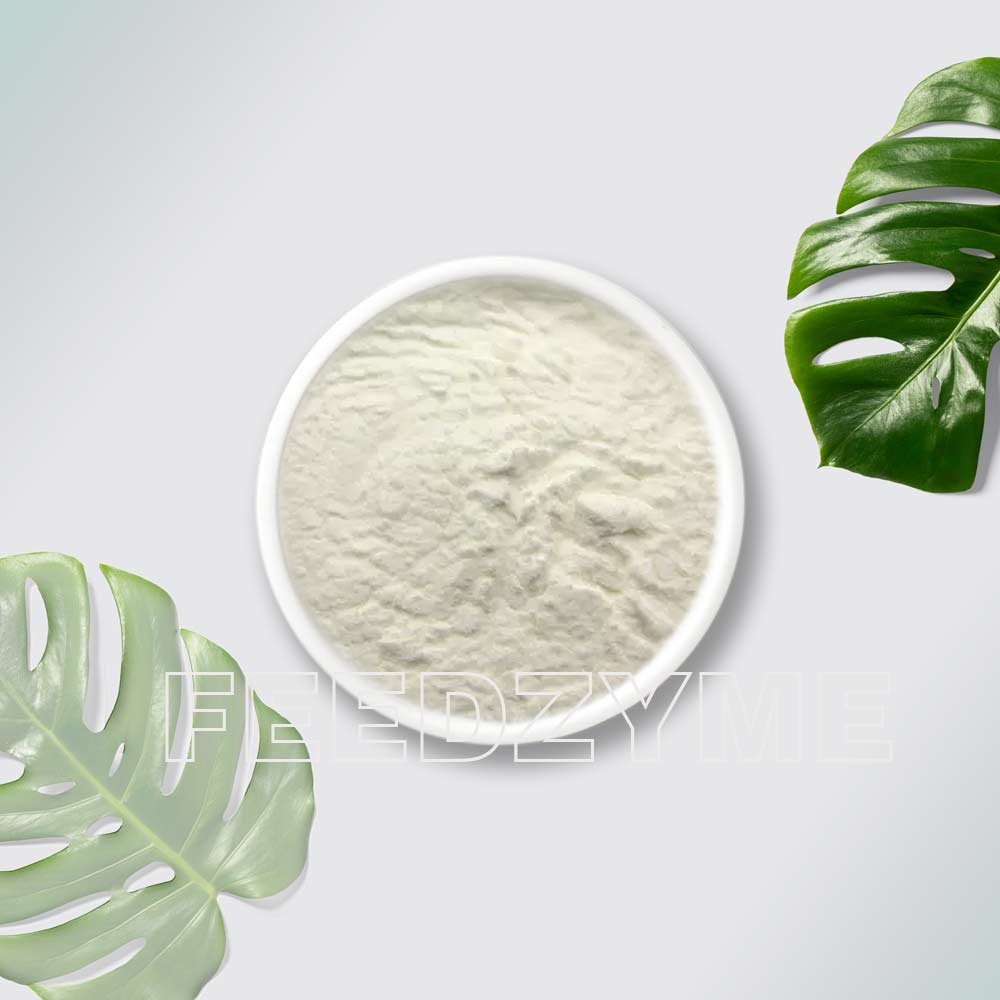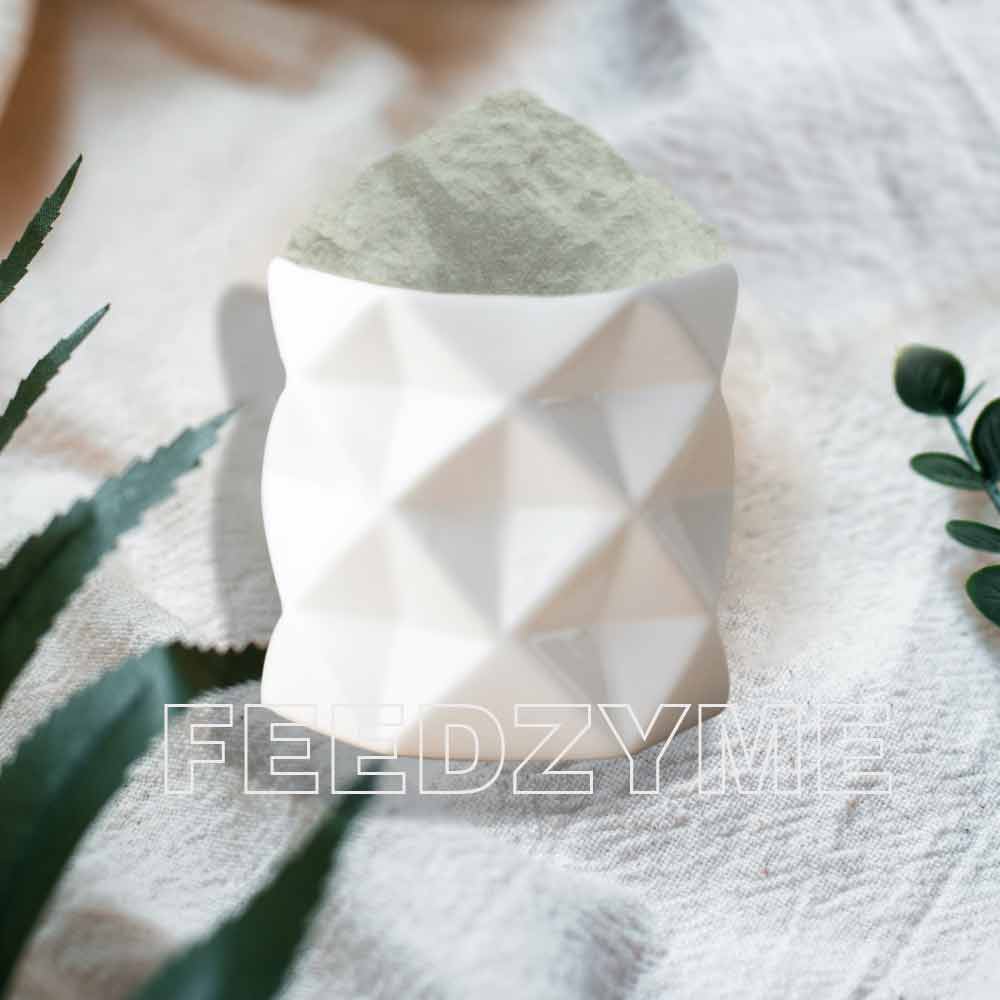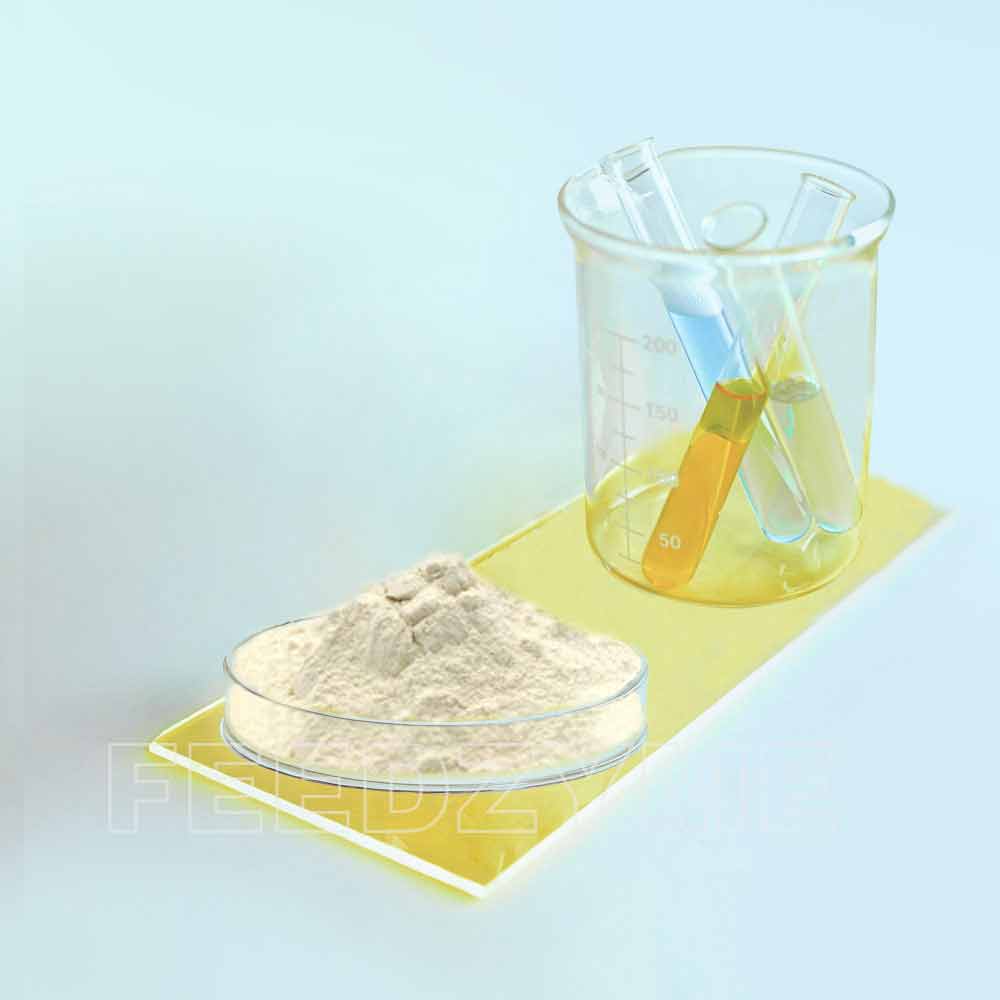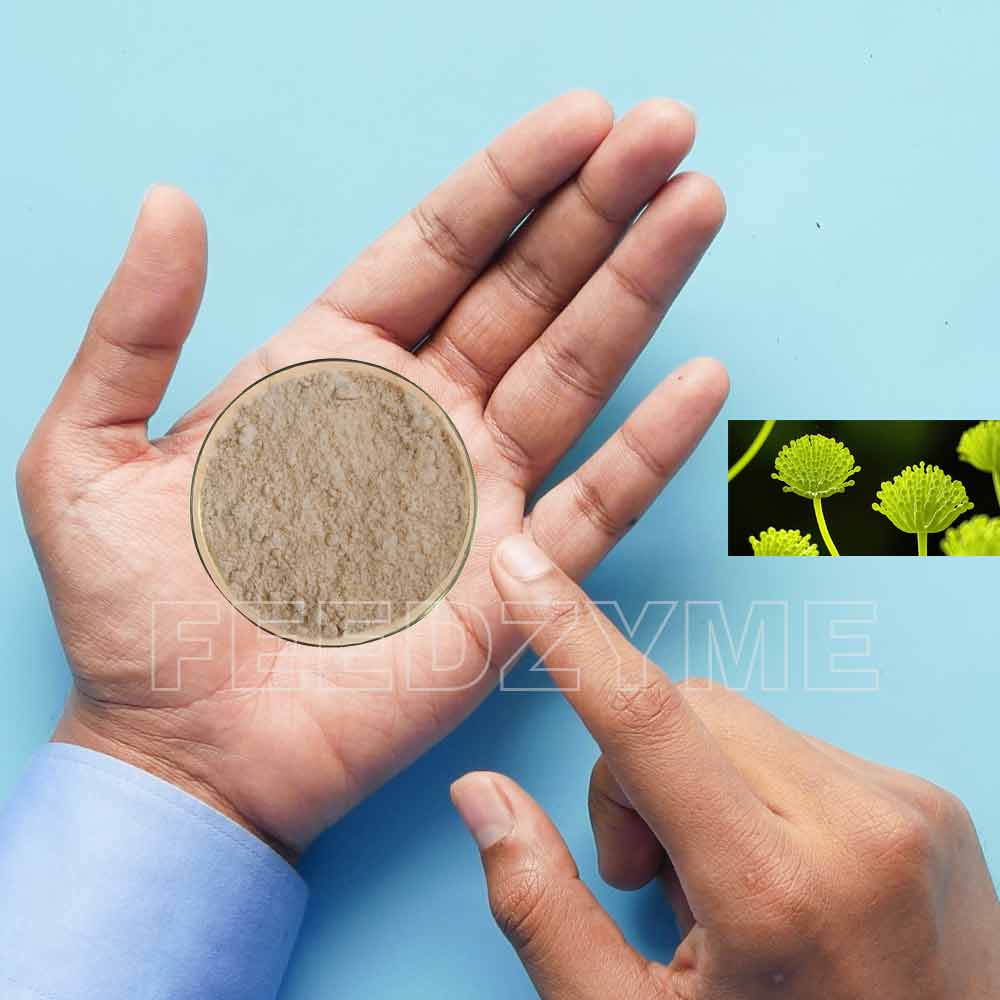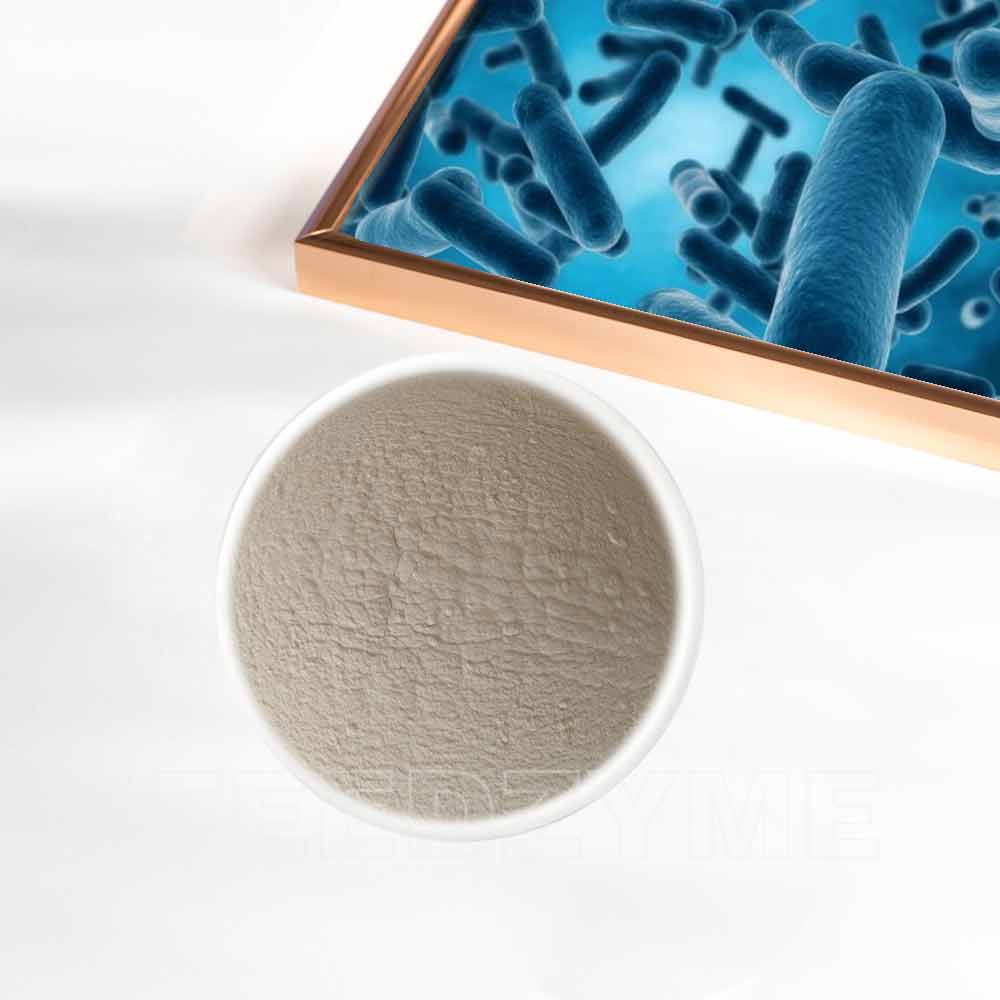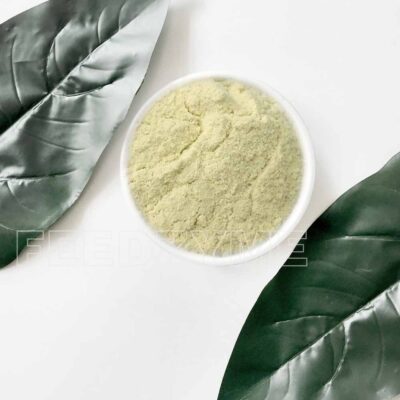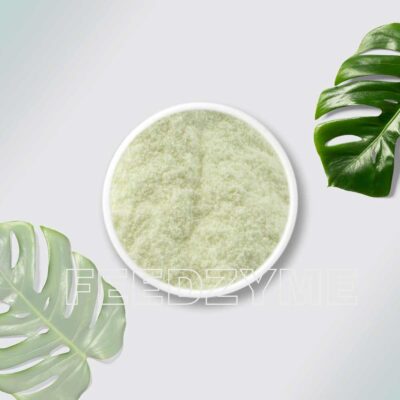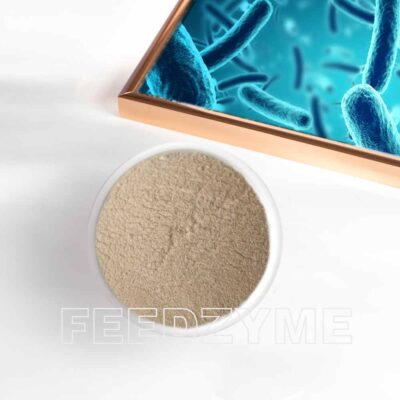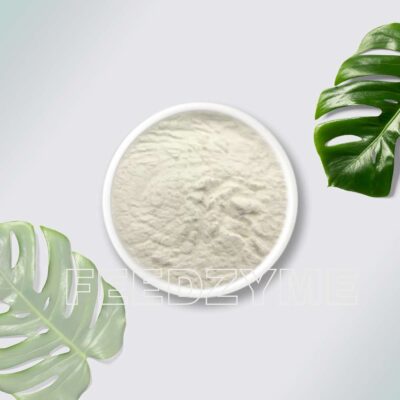Xylanase
Xylanse can improve animal nutrition and gut health by breaking down xylans in cell walls of feed grains so that valuable entrapped nutrients can be released for digestion.
Categories: Feed Additives, Feed Enzymes
Product Description
Brief introduction
Xylanase is the name given to a class of enzymes which degrade the linear polysaccharide beta-1,4-xylan into xylose, thus breaking down hemicellulose, one of the major components of plant cell walls. As such, it plays a major role in micro-organisms thriving on plant sources for the degradation of plant matter into usable nutrients.
The amount of xylan in different plants is also different. As we all know, the content of xylan in wheat and its by-products is very high. Xylan is the main anti-nutritional factor that affects the application of wheat materials in feed. In fact, among the most commonly used feed materials in China, corn and soybean meal, xylan is also the most important anti-nutritional factor.
Xylanases are produced by fungi, bacteria, yeast, marine algae, protozoans, snails, crustaceans, insect, seeds, etc., and more, with the exception of mammals since they do not produce this type of enzyme. Xylanases are not a single enzyme but rather a group of enzymes that are used in feed additives and a variety of industries. Xylanase Related Reading >>>
Xylamax improves animal nutrition and gut health by breaking down non-starch polysaccharides (specifically xylans) in cell walls of feed grains so that valuable entrapped nutrients can be released for digestion.
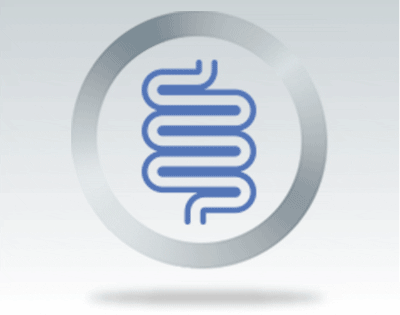
Function
1. Degrade the soluble non-starch polysaccharide and decrease the viscosity of chyme in gastrointestinal tract.
2. Enhance the activity of endo-digestive enzyme and promote the digestion and ingestion of nutrients.
3. Break the plant cell walls and release the nutrients.
4. Resist against growth of anaerobe and reduce microbial content of intestinal canal.
5. Improve metabolism of animals, reduce formula cost and upgrade product quality.
Feature
CRVAB produces the Xylanase by adopting the modified strain of gene engineering and in-depth liquid-fermentation technology, with the stainless-steel fermentation equipments in the whole process.
CRVAB Xylanase has a perfect specialty which is in compliance with physiological characters of digestion of animals. It could pass through the acidic environment of alimentary canal and could be applicable to a wide range of pH value. The enzyme activity will reach the highest degree in an almost neutral environment. It may also promote the intake of nutritional substances in chyme of intestinal tract.
Specification
| Physical Property | Enzyme Activity | |
| Appearance | Color | |
| Granule | White & Light Yellow | 10,000 ~ 400,000 U/g |
| Liquid | Light Yellow or White | 10,000~ 400,000 U/ml |
Uasge and Dosage
| Appearance | Enzyme Activity | Dosage in Formula Feed |
| Granular | 10,000 U/g | 50–100 G/Tonne |
| Granular | 20,000 U/g | 25–50 G/Tonne |
| Liquid | 10,000 U/ml | 50–100 ML/Tonne |
| Liquid | 20,000 U/ml | 25–50 ML/Tonne |
| The Rest May Be Deduced by Analogy | ||
Package and Shelf Life
Granular Xylanase: 25 Kg / Bag ,Granular: 18 Months
Liquid Xylanase: 25 L / Barrel, Liquid: 6 Months
Storage
1. Keep it in a dry, cool and well-ventilated place, and keep from moisture and high-temperature environment.
2. Seal the internal and external package after use.









